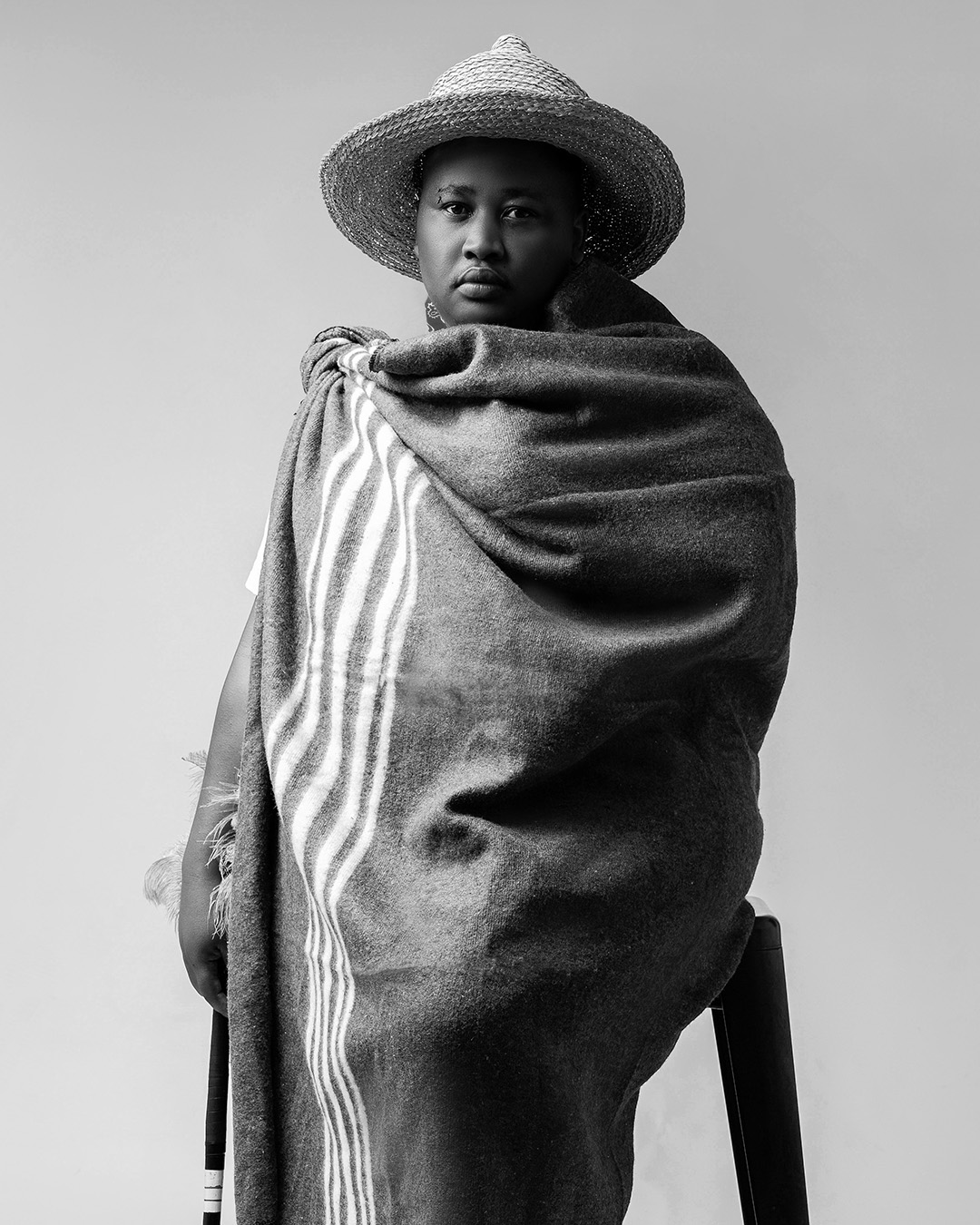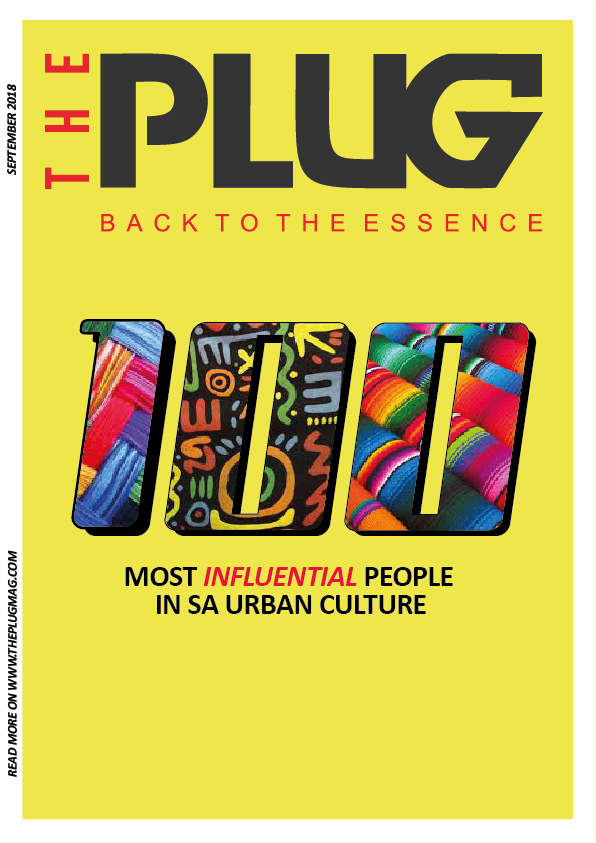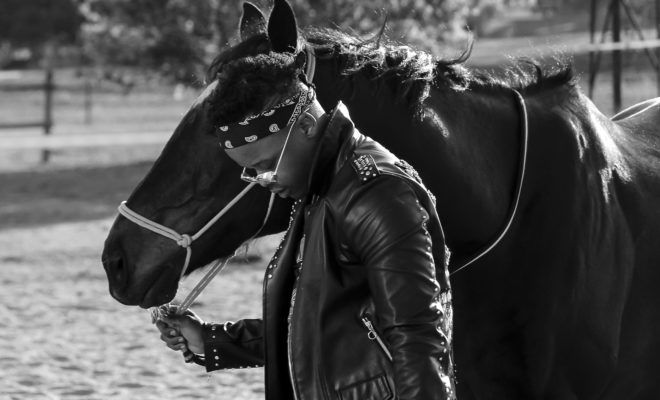Malome Vector, the soaring Mosotho artist who plied his trade in both Lesotho and South Africa died on Wednesday, July 24th. He was only 31 years old.
The rapper and singer, known for his distinct high-pitched voice and infectious songs, was travelling in a group driving to Lesotho from South Africa, for a scheduled music video shoot. Along with the driver of the vehicle, Vector was with frequent collaborator and fellow musician Lizwi Wokuqala, videographer and music director Musa Lecton Nkondo affectionately known as Director Da Mos, as well as singer Puleng Phoofolo. They got into a car accident on the N1 road in the Free State province, resulting in Vector, Lizwi and Da Mos losing their lives at the scene, while Puleng and the other occupant survived, sustaining mildly serious to critical injuries, respectively.
Celebrated and beloved in his home country of Lesotho, Malome Vector was chameleonic in his approach to music. Initiated in the trenches of hip hop when he first made a foray into music making, he managed to grow and adapt to the ever changing landscape of music in Lesotho, with his sights already set on making it big in neighbouring South Africa. That remained his ultimate goal so he carefully crafted his artistry in a way that would bring that goal closer to fruition. By the time he broke ground and captured the attention of major South African record label Ambitiouz Entertainment, he had developed into a uniquely singing rapper, or rapping singer, who impressed with his Sesotho compositions, which resulted with him being slotted into the label’s roster seamlessly. He would go on to make a prolific, even if short-lived, collaborative partnership with then label mates Blaq Diamond.

Before making his mark in South Africa, Malome Vector’s beginnings make for an interesting story. Born Bokang Moleli in a place called Roma in the Maseru district of Lesotho, Vector is said to have shown an insatiable hunger for musicianship and superstardom quite early. Roma is a sprawling village where the National University of Lesotho is located. It is a bustling semi-town that is by all intents and purposes a ‘student town’ full of student accommodations, rented quarters and dorm rooms, making it a would-be creative hub of an array of individuals who are Business and Economics majors by day, and aspiring record executives and rappers by night. It is in these student accommodation four walls that the young high scholar, who wasn’t even in university yet, first cut his teeth in a (home) studio setting.
He would visit the home of former music producer Mohlomi Thahanyane, who went by the name Nuts (later Fredi Fonz), where he had set up a DIY studio. They called it iNi studios. A young Vector would spend hours on end assimilating all the lessons that came with watching other aspiring but more established rappers come in and out at iNi studios and on the oft-chance, he would also get an opportunity to record his own material. He eventually rose among the ranks and contributed a lot more frequently, amassing enough material to release his very first collection of songs, calling it Seven Colours circa 2015. Going by the name Vector during this time, he continued to grow but it was his alliance with Ntate Stunna – then known as Megahertz – that would spur his creativity, leading both young artists to chart individual paths that eventually propelled them both to superstardom.
Malome Vector and Ntate Stunna are the direct descendants of acts preceding them, such as Papa Zee, Skebza D and Nirex, amongst others. These are Basotho rappers who have a unique way of rapping predominantly in day to day, accessible and colloquial Sesotho, while possessing a mastery of the language that allows them to tell creative and compelling stories through fun and enduring music. Along with a crop of other talented rappers that include Juvenile (now Juvy oa Lepimpara), Jiji-F, J-Cob and a host of others, Vector and Stunna managed to carry on the tradition of interpreting hip hop in Sesotho, in a way that appealed not only to Basotho in Lesotho but also beyond borders to South Africans. In light of their ambitions, they modelled themselves on South African acts such as HHP, Morafe and Cassper Nyovest, largely because of the symbiotic relationship between Sesotho and Setswana, in so far as the motswako subgenre of South African hip hop was a major influence.

Along with Stunna, in separate but intertwined journeys, they made it. They managed to realise the dream of making it big in South Africa, reaching the loftiest heights that many of their contemporaries can only ever dream of. Ntate Stunna was part of the line up which made the 2022 SAMA Song of the Year “Stimela” along with 2point1 and Nthabi Sings. Malome Vector helmed two songs which were at one point some of the biggest songs in South Africa in 2020’s “Price 2 Pay” with DJ Prue and Blaq Diamond and “Dumelang”, his first single featuring Blaq Diamond soon thereafter.
A substantive part of the content of Malome Vector’s music was aspirational. Even when he had achieved all that he had achieved, he still had an outlook of forward progression and wanting to do more. He loved his country to a fault, always carrying his people with him. Through the ups and downs of a cut throat music industry, he managed to adapt and reinvent himself at each turn, relying on his talent and passion to forge a way forward. He remained steadfast in realising his dream and what began as a singular passion ended up being an all encompassing purpose, not only for him but his family. The loss of his life is insurmountable, may God have mercy on his soul.






